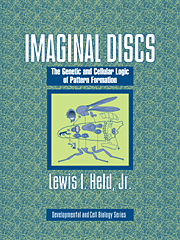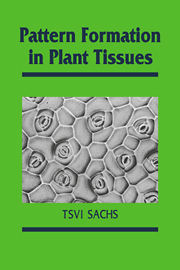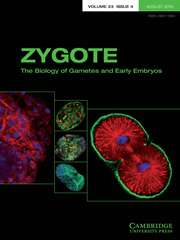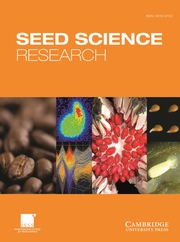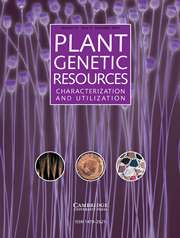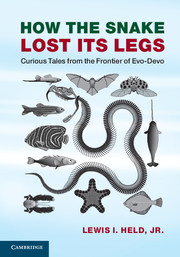Imaginal Discs
Many of the 14,000 genes of Drosophila are involved in the development of imaginal discs. These hollow sacs of cells make adult structures during metamorphosis, and their study is crucial to comprehending how a larva becomes a fully-functioning fly. This book examines the genetic circuitry of the well-known 'fruit fly', tackling questions of cell assemblage and pattern formation, of the hows and the whys behind the development of the fly. After an initial examination of the proximity versus pedigree imperatives, the book delves into bristle pattern formation and disc development, with entire chapters devoted to the leg, wing, and eye. Extensive appendices include a glossary of protein domains, catalogues of well-studied genes, and an outline of signaling pathways. More than 30 wiring diagrams among over 60 detailed schematics clarify the text. No student or practising scientist engaged in the study of Drosophila genetics should be without this comprehensive reference.
- Extremely up-to-date, incorporating the latest developments in fly developmental biology and genomics
- Very well illustrated with detailed yet clear original drawings
- Places the study of fly development in a historical context, allowing for a self-contained reference
Reviews & endorsements
"For the thousands of researchers working with Drosophila melanogaster, this seems like a book that should be on the shelf, ready to hand. Considering it is a hardcover and given the wealth of information that it contains, at just under $120, it seems like good value for the money."
Stephen Higgs, Entomological Society of America
Product details
August 2005Paperback
9780521018357
480 pages
285 × 220 × 33 mm
1.352kg
70 b/w illus. 4 tables
Available
Table of Contents
- Preface
- 1. Cell lineage versus intercellular signaling
- 2. The bristle
- 3. Bristle patterns
- 4. Origin and growth of discs
- 5. The leg disc
- 6. The wing disc
- 7. The eye disc
- 8. Homeosis
- Epilogue
- Appendices
- References
- Index.

